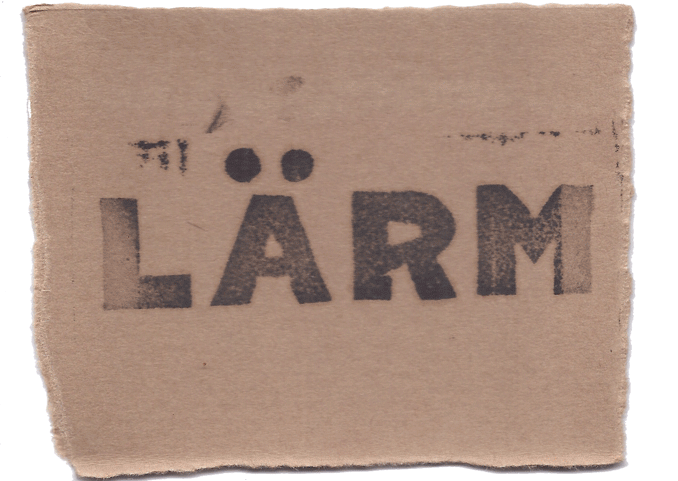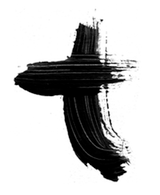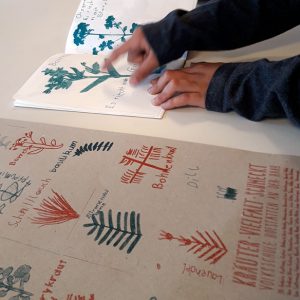CALL FOR PAPERS 02

„Noise is the sound made by others“ (Kurt Tucholsky)
LÄRM (engl. noise) is brought in from ‘the outside’, it enters the body – the most personal of spaces. It may irritate, interrupt, disrupt. Human beings are able to close their eyes but in contrast they cannot do so with their ears. Thus, the human body is exposed to noise. LÄRM as such has a negative connotation; according to social and cultural conventions, it is a problem that needs fixing in order for control to be restored.
However, it is a personal and subjective decision what is considered to be LÄRM and whether the term is necessarily classified as negative. What happens when humans adopt LÄRM? What if the individual assumes an active instead of a passive role?
The German word LÄRM roughly means ‘loud noise, high sensation’. The term derives from ‘alarm’ which stems from the Italian term all’arme (‘to the arms’) and is understood as a warning signal. Thus, alarm becomes a directed sound, whereas LÄRM remains vague/indefinite and broad in its sense. Historically, it has been considered synonymous with ‘sensation, gathering, turmoil’.1
Therefore, LÄRM is only at first glance a problem of solely acoustic nature. It is an everyday kind of sound which signals movement, dynamics and upheaval. It is equally disrupting, vital, and in the long run, inevitable. LÄRM may be associated with disturbance: noises from construction sites e.g. interrupt the ordered sequences of everyday life, much in the same way as whistles at a protest signal the focus of the protest. LÄRM is the echo of presence that loudly articulates its existence, equally signalling construction, transformation and destruction. The one thing it does not stand for, however, is inertia. LÄRM in this manner means movement, is the echo of movement, is an arrhythmical wave, an interruption, an interference, a confrontation. Subsequently, LÄRM stands in stark contrast to contemporary smooth-melodic-in-tune conceptions of the world.
For tortuga #2 LÄRM, we are looking for contributions that either approach, focus on or work hands-on with the phenomenon of LÄRM. The contributions may move within and beyond different means of expression. After a selection by the editors, the contributions will be presented in the printed version of tortuga #2, on its web page or in another form. In addition to media contributions, ideas and concepts on events of any kind related to the theme of tortuga #2 are welcome.
Guidelines for submissions
Topic: LÄRM (eng. noise)
Texts: max. 10.000 signs, .odt, .doc, .pdf
Photos, drawings, graphic contributions etc.: min. 300 dpi, .pdf, .jpg, .png, .tiff (if in colour, please enclose black and white version too)
Videos: max. 20 minutes, .mov, .mp4., h.264 Codec, max. 500 MB
Audio: max 10 minutes, .wav, .flac., .aiff
Deadline: 1st April, 2014 late submissions are welcome.
Submit to: redaktion@tortuga-zine.net
By submitting you agree to your contribution being published with your name or alias on the tortuga blog, within the printed version or in other forms (exhibitions, installations, etc). The content of the contribution is the sole responsibility of the author and does not necessarily reflect the views of the editors. Quotes and works used must be designated as such. Ideally, the submitted work has not yet been published elsewhere. The material may be shared and adapted by third parties for non-commercial purposes under the condition of appropriate crediting and proper indication of changes (cc-by-nc). The editorial board selects the material for publishing.
1 s. „Lärm“, Eintrag in: Etymologisches Wörterbuch des Deutschen, München 2005 (8. Aufl.): dtv, S. 766 f.


 September 2018 VS Wetzawinkel
September 2018 VS Wetzawinkel